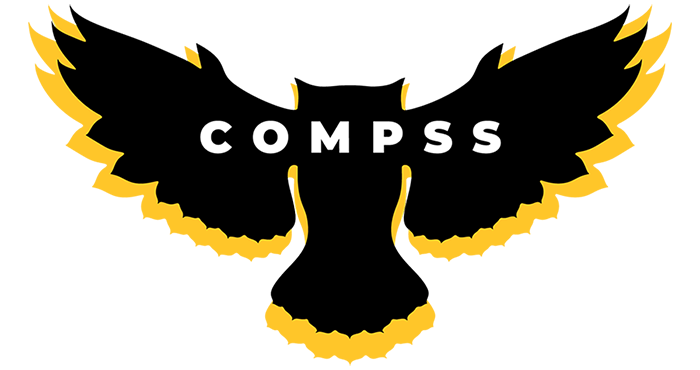Annotated Bibliography Assignment
Note to instructors: This annotated bibliography assignment may be used as a stand-alone project, or it may be used as part of an ongoing research project. You are encouraged to adopt, adapt, or remix these guidelines to suit your goals for your class.
Due dates
Rough Draft:
Peer Review:
Final Draft:
Purpose
This assignment will help you become aware of how writers and researchers review and become familiar with previous work on a topic before they begin additional research.
- Skills: This assignment will help you practice skills essential to success in and beyond this course:
Locate a variety of scholarly print and digital sources that represent multiple perspectives on a topic.
Analyze sources by critically reading, annotating, engaging, comparing, and drawing implications. - Knowledge: This assignment will help you become familiar with the following important knowledge:
- Methods for conducting research
- Analytical reading and writing strategies
Task
An annotated bibliography is an alphabetized list of source citations that includes an annotation underneath each entry. In your annotated bibliography, each of your source citations will include an annotation summarizing the source and describing the aim, purpose, and relevance to your research project.
You will develop an annotated bibliography containing five academic sources as well as a discussion of what you learned from your research. Your annotated bibliography should have three parts: an introduction, a discussion of sources, and a conclusion.
Introduction, 150-200 words
In the introduction, present your research topic. Consider the following: Why does this topic interest you personally? (Finding a topic that interests you leads to a better paper.) Why should others care about this topic? Why is your topic worth researching? What were your research questions?
Discussion of Sources, 150-200 words per source
Gather at least five sources on your topic. Two of these sources must come from academic journals (peer-reviewed, scholarly, found using GALILEO), but the others may come from credible newspapers and magazines. One of the sources may be chosen from a website, but this site should be from a reliable organization like The Associated Press or the Centers for Disease Control (CDC). Articles from GALILEO databases are not considered internet sources. Read and reread each source carefully.
Once you have selected your sources and read them carefully, write annotations for each. Each annotation should . . .
-
- Include a brief summary of the source.
- Evaluate the source and its use in your research.
- Discuss relation of the source to your other sources. Consider whether sources agree or disagree with/contradict each other.
- Comment on the source’s reliability.
Write citations in MLA, 9th edition, format. Summarize the articles using your own words. List your entries alphabetically and check them carefully for mistakes in MLA documentation.
Here are two sample annotations: link.
Conclusion, 150-200 words
In the conclusion, detail the most important contributions your sources make to your research topic; you may also point out commonalities, conflicts, or problems. Include a discussion of what your review of your sources has demonstrated about the topic. Consider the following: What is your preliminary thesis? Did your research create new questions for you? What sources (in addition to those listed in your discussion) do you need to find? What possible conclusions to your questions do you foresee?
Final Directions
Remember to properly cite any information from your sources that you use in your introduction and conclusion. Be sure that your summaries are very different from the abstracts of the articles you have read.
Formatting requirements
Follow MLA format. Use black Calibri or Times New Roman font in size 12. Double-space the entire document. Use 1-inch margins on all sides.
















